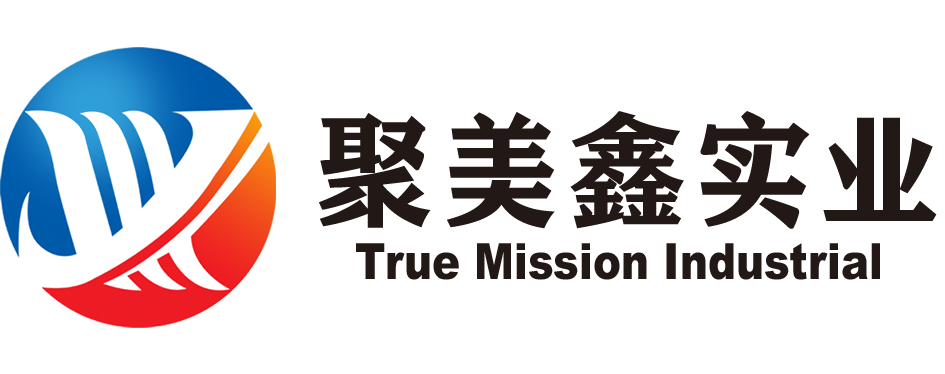How to manufacture baby diapers?
Introduction
Welcome to the world of baby diaper manufacturing! In this article, we will take you through the process of manufacturing baby diapers, from the raw materials used to the packaging and distribution strategies. We will also explore the environmental impact considerations and consumer insights in the diaper industry. Get ready to dive into the fascinating world of baby diaper production!

Overview of the baby diaper manufacturing process
The baby diaper manufacturing process involves several steps. First, the raw materials, such as fluff pulp and SAP (superabsorbent polymer), are sourced. Then, these materials are processed and combined to create the absorbent core of the diaper. Next, the core is placed between the topsheet and backsheet, and elastic leg cuffs and fastening tabs are added. Finally, the diapers are quality checked, packaged, and distributed to retailers.
Environmental impact considerations in producing baby diapers
When it comes to producing baby diapers, there are important environmental considerations to keep in mind. The manufacturing process, particularly the use of disposable diapers, can have a significant impact on the environment. The production of disposable diapers requires the use of non-renewable resources and generates a substantial amount of waste. This waste often ends up in landfills, where it takes a long time to decompose. Additionally, the manufacturing process itself can contribute to air and water pollution. It is crucial to explore sustainable alternatives and improve manufacturing practices to reduce the environmental impact of baby diaper production.
Raw Materials for Baby Diapers Production
Key components used in making baby diapers
When manufacturing baby diapers, there are several key components needed. These include a polypropylene nonwoven fabric for the outer layer, an absorbent core made of superabsorbent polymers, and a moisture barrier layer to prevent leaks. Other materials used include elastics for the waist and leg bands, adhesive tapes for closures, and inks for printing designs. These materials work together to create a functional and comfortable diaper for your baby.
Sourcing sustainable materials for eco-friendly diaper manufacturing
To source sustainable materials for eco-friendly diaper manufacturing, you need to consider options like organic cotton, bamboo fiber, and biodegradable materials. Look for suppliers that offer certified sustainable materials and focus on reducing the environmental impact. Ensure that the materials used are free from harmful chemicals and are responsibly sourced. Emphasize the use of renewable resources to create a more eco-friendly diaper product.
Manufacturing Process of Baby Diapers
The manufacturing process of baby diapers involves several steps. First, the non-woven sheets are attached to a large roller. Then, the fabrics are fed separately through the diaper assembly line. The back sheet and absorbent pad are glued together and joined by the top sheet. This process ensures that the diaper components are securely combined to create a high-quality product.
Steps involved in the production of disposable baby diapers
To produce disposable baby diapers, the first step involves vacuum-forming the absorbent pad. Next, the pad is attached to a permeable top sheet and an impermeable bottom sheet. These components are then assembled by aligning them on a conveyor belt. The top sheet is fed into place, and the pieces are securely glued, heated, or ultrasonically welded together. Finally, the finished diapers are rolled out for packaging and distribution.
Quality control and safety measures in diaper manufacturing
Quality control and safety measures are crucial in diaper manufacturing. You need to ensure that the diapers meet the highest quality standards and are safe for babies to use. This involves regular inspections and testing of the raw materials and finished products. Implementing stringent quality control measures helps to identify any potential defects or issues early on, ensuring a safe and reliable product for consumers.
Packaging and Distribution
After the production process, the diapers are carefully packaged to ensure their quality and protection. They are folded, stacked, and placed into bags or boxes, ready for distribution. Quality control checks are conducted to ensure that only the best diapers are sent out to stores and distribution centers. Once packaged, the diapers are transported to their destinations for sale to eager parents and caregivers like you.
Packaging requirements for baby diapers
When it comes to packaging baby diapers, there are specific requirements that must be met. The packaging should be durable and able to protect the diapers from any damage. It should also be hygienic to ensure the diapers remain clean and safe for use. Each package should be clearly labeled with information such as the diaper size, quantity, and any additional features. Additionally, the packaging should be convenient and easy to open for parents or caregivers.
Logistics and distribution strategies in the diaper industry
Efficient logistics and distribution strategies are crucial in the diaper industry. You need to ensure timely delivery of diapers to retailers and customers. Partnering with reliable logistics companies or establishing your own distribution center can help manage inventory and track demand. It’s essential to maintain quality control throughout the distribution process. Effective coordination and streamlined processes are key to successfully distributing diapers to meet the needs of parents in the market.
Marketing and Consumer Insights
To succeed in the baby diaper industry, it’s crucial to understand consumer preferences. Conduct market research to gather insights into their needs and wants. Analyze data on consumer behavior, market trends, and competition. This information will help you develop products that meet their expectations. Stay updated on innovations and trends in the industry to stay ahead of the competition and provide solutions that resonate with parents.
Understanding consumer preferences in baby diapers
When it comes to choosing baby diapers, you want to understand what matters most to parents. Factors like comfort, absorbency, and leakage protection are top priorities. Parents also look for diapers that are hypoallergenic, gentle on their baby’s skin, and easy to use. Additionally, eco-conscious parents may prefer diapers made from sustainable materials. By understanding these preferences, you can develop diapers that meet their needs and gain their trust.
Innovations and trends shaping the baby diaper market
Diapers have come a long way with constant innovations and trends shaping the baby diaper market. New features like U-shaped channels that quickly whisk wetness away are revolutionizing diaper designs. In addition, breathable materials are enhancing comfort for babies. Eco-friendly diapers made from sustainable materials are also gaining popularity among environmentally conscious parents. These innovations and trends ensure that parents have a wide range of choices when it comes to selecting the best diapers for their little ones.
Conclusion
In conclusion, the baby diaper manufacturing industry offers immense opportunities for growth and innovation. By utilizing the latest assembly technology and sourcing sustainable materials, manufacturers can produce high-quality and eco-friendly diapers. Through effective marketing and understanding consumer preferences, companies can cater to the diverse needs of parents. Constantly staying updated with industry trends and advancements will ensure success in this dynamic market.
Challenges and opportunities in the baby diaper manufacturing industry
The baby diaper manufacturing industry faces challenges in meeting the growing demand for eco-friendly and sustainable products. However, this challenge also presents an opportunity for companies to innovate and develop diaper manufacturing techniques that minimize waste and use environmentally friendly materials. Additionally, with the increasing popularity of online shopping, there is a great opportunity for companies to optimize their distribution channels and reach a wider customer base. Keep up with industry trends and consumer preferences to stay ahead in this competitive market.
Future outlook and advancements in diaper technology
The future outlook for diaper technology is promising. Advancements in the industry are focused on creating diapers that are more absorbent, comfortable, and eco-friendly. Innovations such as smart diapers with sensors to monitor baby’s health and wetness indicators are also being developed. With ongoing research and development, the future of diaper technology looks bright, offering improved functionality and convenience for parents.











